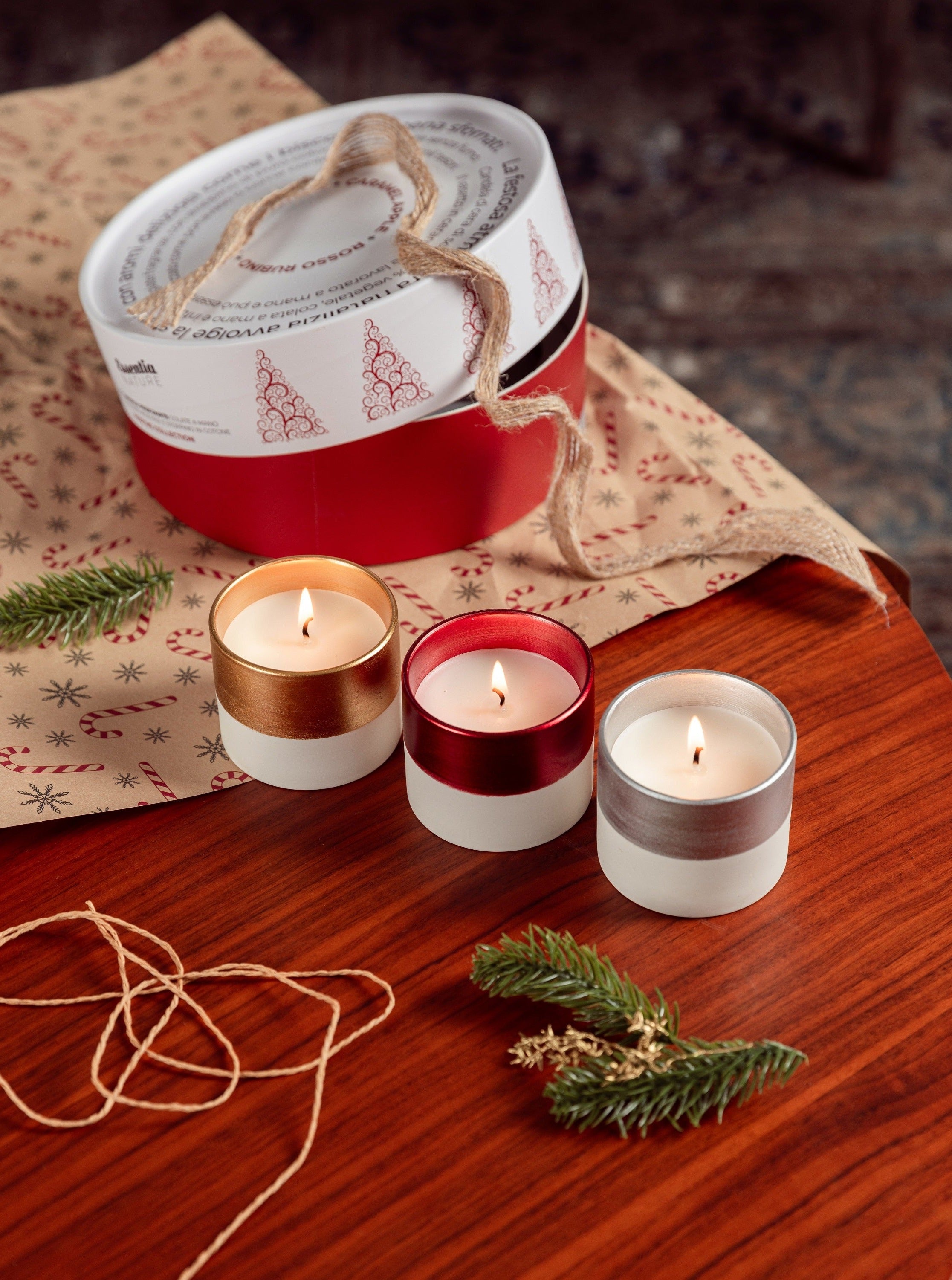How to choose the ideal perfume
Understanding which olfactory family a fragrance belongs to is essential to choosing the perfume that best suits our tastes and that adapts perfectly to our skin. There are seven main olfactory families, each of which branches out into numerous subcategories and combinations, making each perfume unique . Let's discover these seven main olfactory families together.
The Seven Olfactory Families
Citrus (Hesperidata, Citrus) : Includes perfumes that contain citrus essences such as bergamot, lemon, grapefruit, mandarin and orange, but also lime and yuzu. These perfumes, extracted from the peel of citrus fruits, are known for their freshness and lightness, typical of colognes for both sexes.
Floral or Flowery : This broad category includes all fragrances obtained from flowers. Today, synthetic molecules are used to reproduce the scents of rare flowers or flowers that are too delicate for traditional methods. This family covers more than half of women's fragrances and can be composed of a single flower (Soliflore) or a bouquet of flowers.
Aromatic : These fragrances are often used in men's eau de toilette and contain aromatic plants that provide freshness and vivacity. Lavender is one of the most common plants in this family.
Fougère : Although named after the fern, the fragrances of this family do not resemble the smell of fern. Composed of notes of lavender, geranium, vetiver, oakmoss and coumarin, these fragrances can be enriched with fresh hints to enhance their personality.
Chypre : This family takes its name from the island of Cyprus, created by Francois Coty. It includes bergamot, rose, jasmine, oakmoss, patchouli and labdanum, evoking a unique atmosphere.
Woody : Woody notes, such as cedar, vetiver, sandalwood and amber woods, add warmth to fragrances. Exotic woods have recently joined this family as well.
Oriental or Amber : With warm, sweet and persistent tones, this family includes vanilla, spices and musks, creating sensual and enveloping fragrances.
Our air fresheners:

The Structure of Fragrance: The Olfactory Pyramid
In addition to the olfactory family, it is important to understand the olfactory pyramid, which describes the degree of evaporation of the components and their persistence. The pyramid is divided into three levels: top notes, heart notes and base notes.
- Top Notes : These are the first to be perceived, very volatile, and vanish quickly.
- Heart Notes : More persistent, they form the distinctive character of the fragrance and make up the central part of the perfume.
- Base Notes : These notes last longer, giving depth and substance to the fragrance.

Choosing the Right Perfume
Identifying the olfactory family and understanding the olfactory pyramid of a fragrance are fundamental steps to choosing the perfume that reflects your style and taste. Essentia offers a wide range of perfumers, with certified essences that guarantee a unique olfactory experience. Take the time to explore the fragrances and find the one that best suits you, enriching your daily life with aromas that express your personality.
Essentia Fragrances
Essentia offers a wide range of laundry fragrances , all essences are ISS certified and available in ten different fragrances:
- Argan
- Lotus Flower
- Talc
- White Musk
- Cotton Flower
- Vanilla and Bergamot
- Fern
- Citrus and Orange Blossom
- Lavender
- Monoi of Tiare
- Neutral fabric softener, perfect to combine with these essences.




